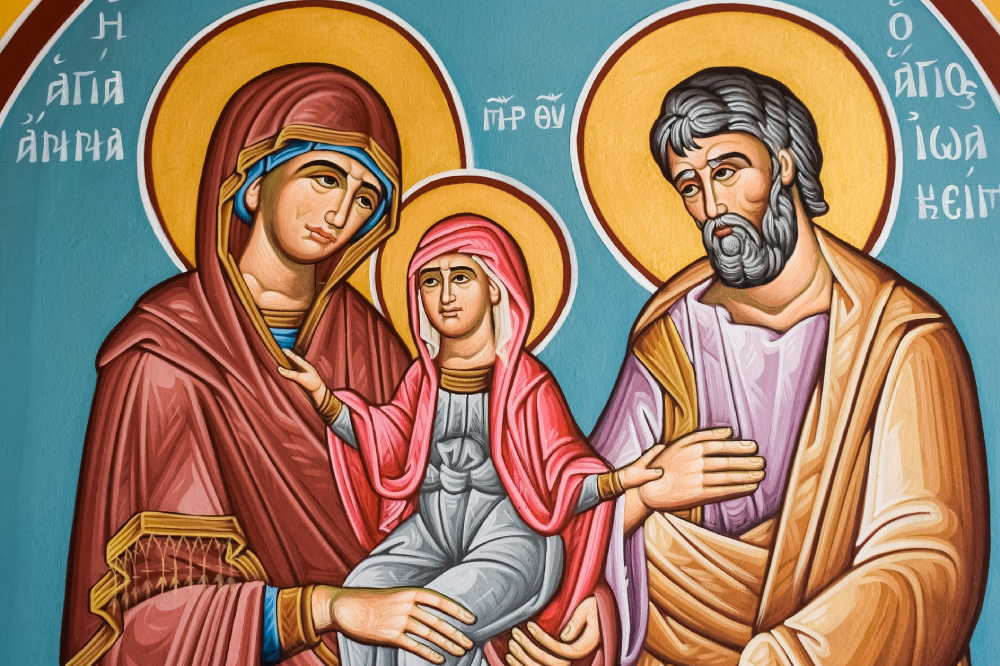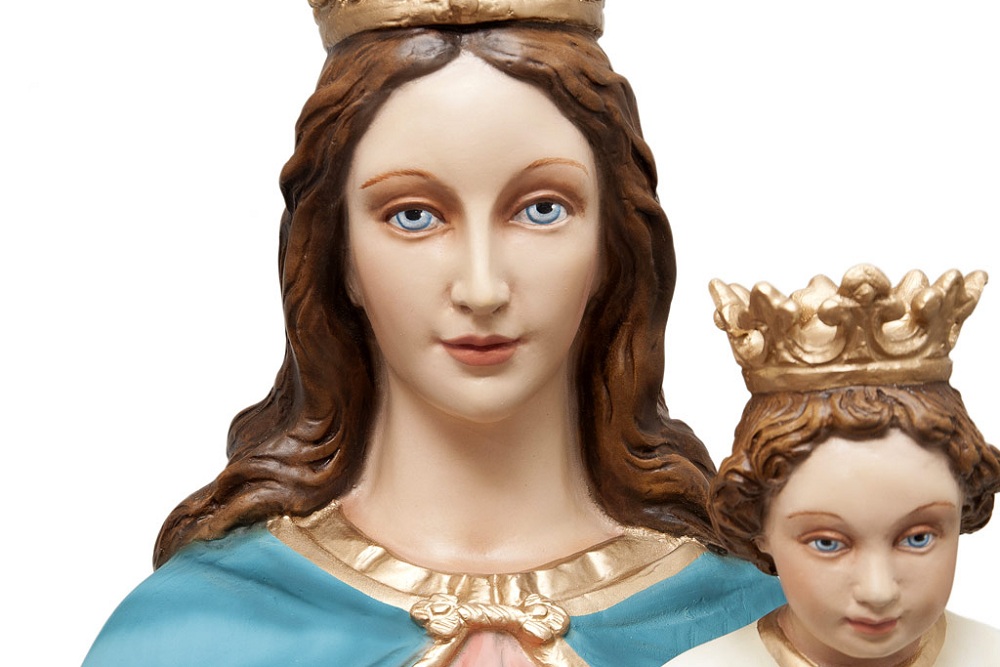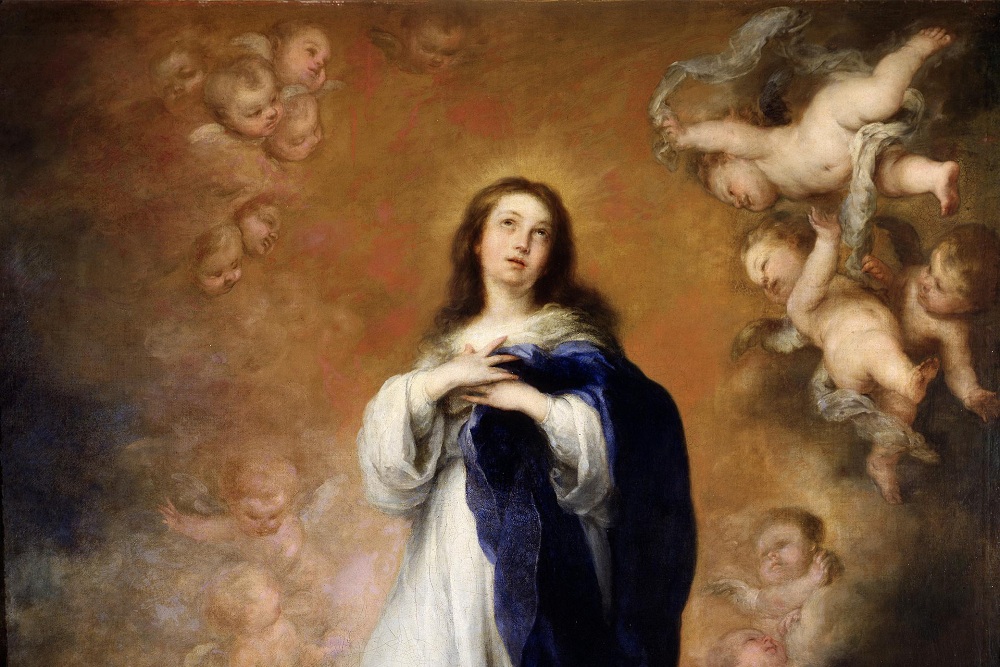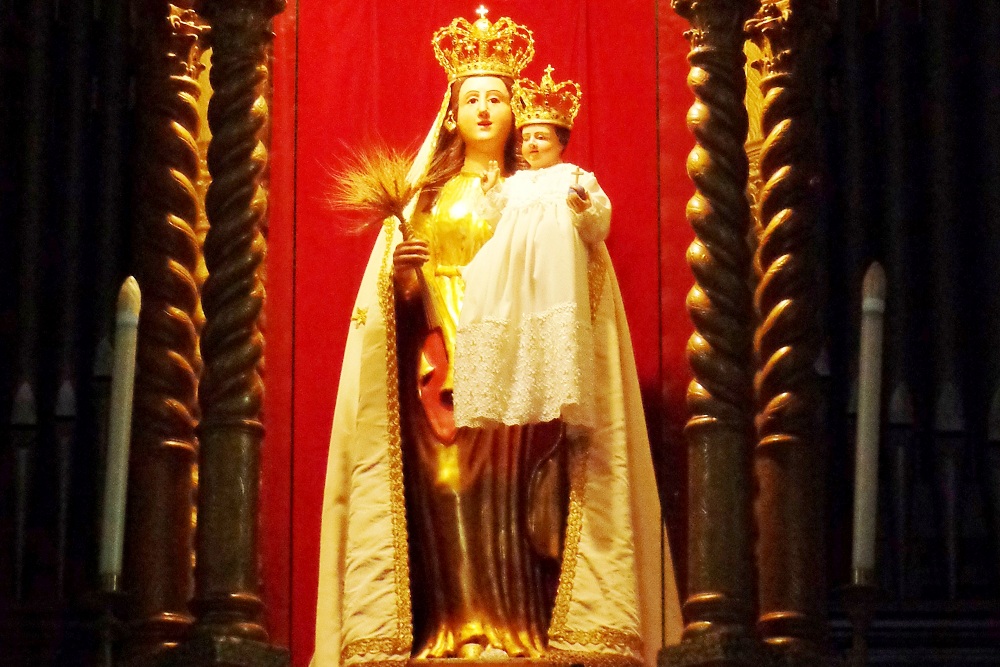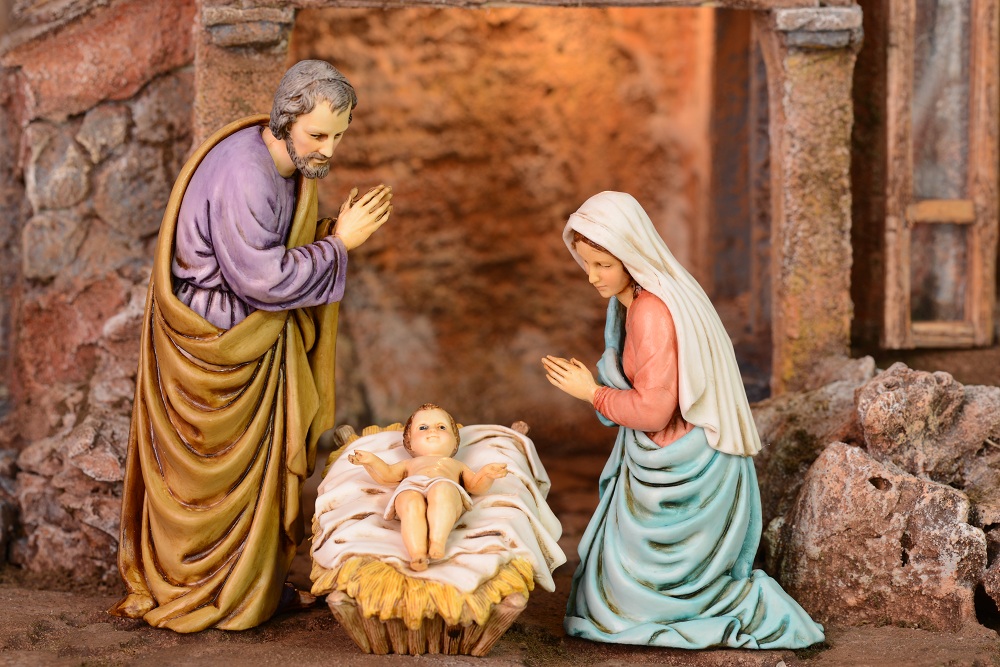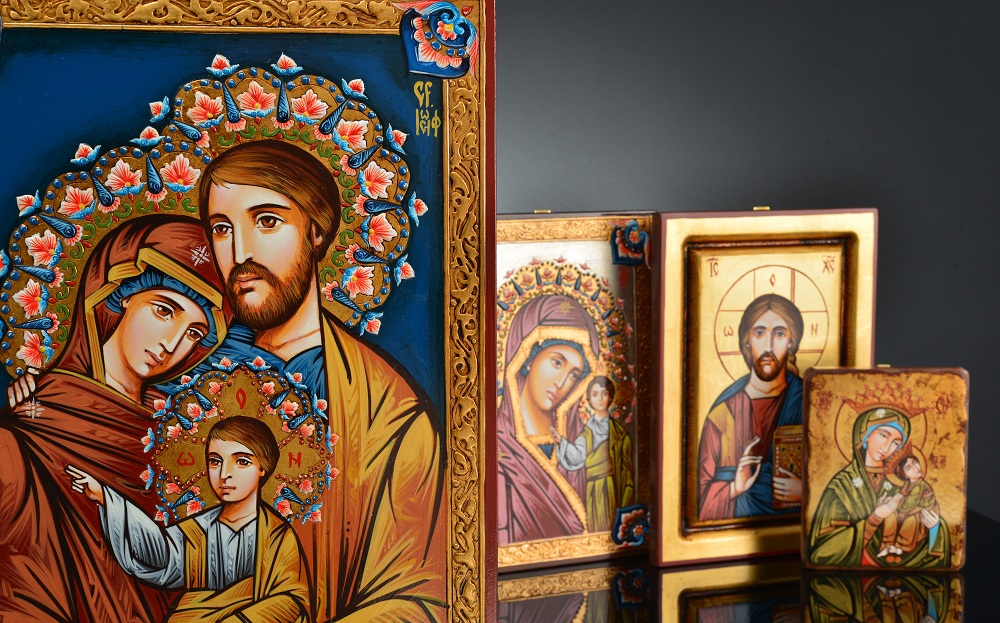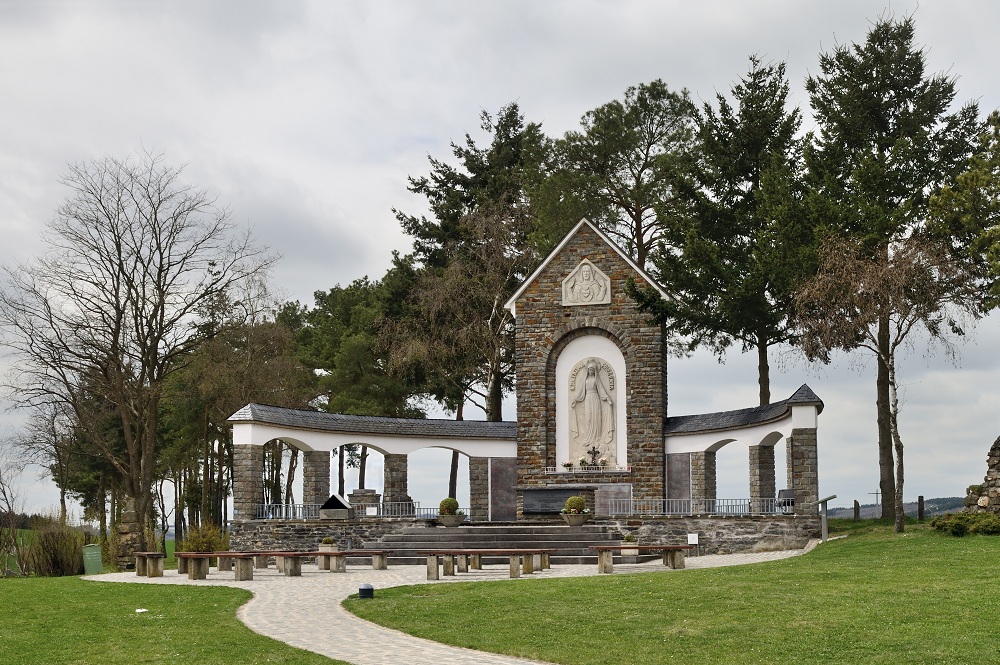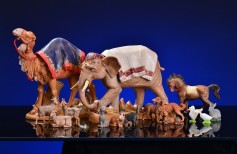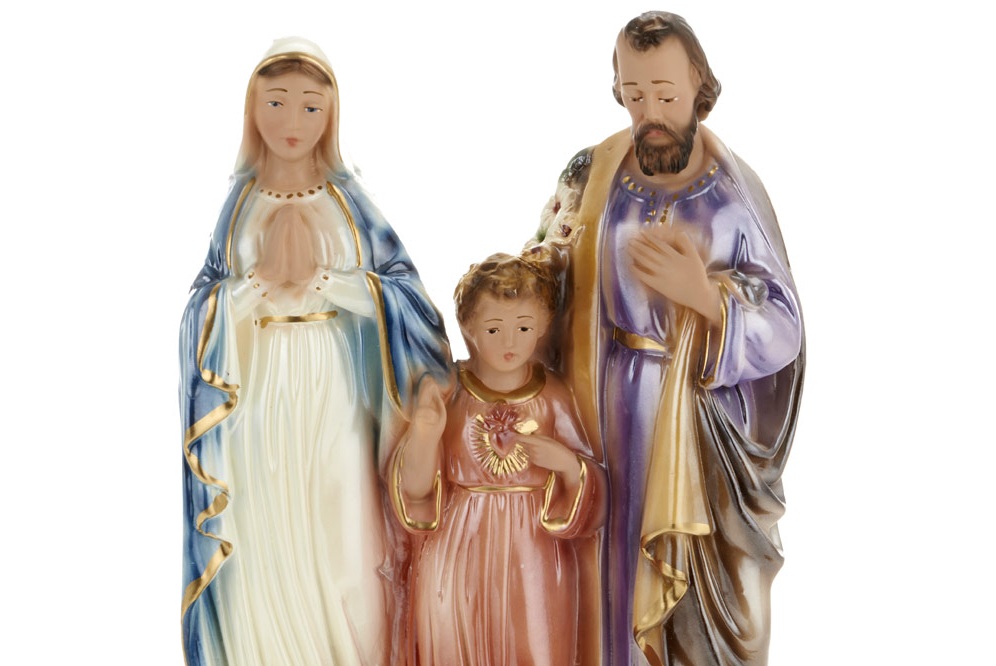8 September is the birthday of Mary, the mother par excellence, the woman who changed the history of the Church and humanity. Let’s find out more about her birth and childhood.
Why write an article about the nativity of Mary? We all know well the story of Mary of Nazareth, the girl chosen by God to become the mother of Jesus, the Saviour. Since childhood, we are urged to consider her a kind of heavenly mother, who loves us as much as our real mother, and who in the same way loves all the children of the world. Growing up, this is one of the few sweet fairy tales that never ceases to be real. Because truly Our Lady continues to be the merciful Mother of all humanity, the one who, by virtue of her privileged bond with Jesus, can take charge of all the sufferings of men, to bring them to the attention of the Father and act as an intermediary between him and all his creatures.
It is thanks to Mary that God the Father wanted and was able to be reconciled with man. Another famous female figure, Eve, had caused the loss of grace for all humanity and the expulsion from Earthly Paradise. As Eve was cursed by God for her sin, and with her all women (“I will multiply your sorrows and your pregnancies, with sorrow you will bear children.” Genesis 3:16), the Virgin Mary was blessed among women. “You are blessed among women”, the archangel Gabriel tells her when he presents himself to announce her forthcoming motherhood. And this blessing, this choice made by God to bring His Son into the world, and with him salvation for all, is determined precisely by Mary, by how she is made, by her mild, sweet character, by her simplicity, but also by the courage with which she accepted to assume the not easy role that the Almighty had wanted for her.
We dedicated an article to the evolution of the figure of woman and mother from Eve to Mary in which we explored precisely this aspect of Mary’s life. Because of its importance in the history of humanity, we have also included Mary among the 10 Christian women who changed the Church and the world.

From Eve to Mary: the figure of the Mother in the Bible
The mother, pillar of every family, beating heart and source of life for those who gravitate around her.
But here we would like to take a step back and talk about the nativity of the Virgin Mary. Yes, because Maria was a child before she became the extraordinary woman we know. She had a mom before she was a mom herself. Her mother’s name was Anna and, although she is not mentioned in the Sacred Scriptures, she is nevertheless venerated as a saint in turn, and with her also Mary’s father, Saint Joachim. Both of Mary’s parents are celebrated on 26 July, the same day that Grandparents Day is celebrated.
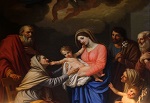
The story of Saint Anne Mother of Mary
On July 26, St. Anne and St. Joachim, the parents of the Virgin Mary, are celebrated. Let’s find out why.
Let’s discover together something more about the birth of Mary Most Holy and her childhood with Joachim and Anna.
8 September Feast of Our Lady
But why is the Nativity of Mary celebrated on 8 September? In reality, there is no precise information regarding Our Lady’s date of birth. A tradition makes it coincide with 5 August, the day on which the Madonna della Neve is celebrated, which in the fourth century AD covered the Esquiline hill with a miraculous snowfall, where the Basilica of Santa Maria Maggiore will then be erected. The same date was indicated in 1984 by Our Lady of Medjugorje to the visionaries as their birthday.
The tradition that places the birth of Mary on September 8 is linked to the construction of the Basilica of Saint Anne in Jerusalem, in the fourth century AD, built in the place where once stood the house where the parents of Mary, Anna and Joachim, lived, and where the Mother of Jesus would be born.
In the East, the birth of Mary was celebrated in the fourth century, just after the construction of the aforementioned Basilica. Later the tradition of celebrating the birth of Mary on 8 September also arrived in Constantinople and the Byzantine Church made this devotion its own, associating it with that of the Conception.
In the seventh century Pope Sergius I introduced the feast of the Nativity of Mary also in the West, celebrating it with a solemn procession that ran through the streets of Rome from the church of San Adriano al Foro to the Basilica of Santa Maria Maggiore.
History of Mary’s Birth
The information we have about Joachim and Anna, parents of Mary, comes from James’ Protogospel, an apocryphal text excluded from the canon of the Sacred Scriptures. Similarly, the Gospel of the pseudo-Matthew, written in Latin in the 8th-10th century, mentions Mary’s parents. In the Gospels of Luke and Matthew, there are shreds of information that allow us to reconstruct at least in part the Virgin’s childhood.
Also, the Golden Legend, the collection of hagiographical biographies composed by the Dominican friar Jacopo da Varazze between 1260 and 1298, reports some episodes of the life of Mary, Saint Anne and Saint Joachim, many of whom inspired great artists of the past to realize sacred works of art that became immortal.
Meanwhile, we would like to recall the miraculous circumstances of Mary’s conception, which, as we know, was born pure, never touched by original sin, as is the case with all other men and women. The dogma of the Immaculate Conception makes Mary holy from her conception, purified from all evil and preserved from sin to become the mother of Jesus.
As we saw talking about Saint Anne, she and her husband Joachim could not have children. Sterility was considered the worst of misfortunes in Jewish culture because it was attributed to some divine punishment. Joachim, a devout man, chose to depart from the Temple when he was prevented from making sacrifices to God because of his barrenness. He withdrew into the desert, among the shepherds, never ceasing to pray to God. Even Anna, left by her husband, did not stop praying, and finally, their faith was rewarded: an angel appeared to both announcing the imminent birth of a child. The heavenly messenger told them that she should be called Mary and that she would live in the Temple, for she was destined to bear the Son of God.
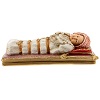
The bride and groom were reunited, greeting each other with a kiss at the Golden Gate of Jerusalem.
Thus Mary was born, and at first, lived in the house of Saint Joachim and Saint Anne. Here she was educated by her mother in prayer and devotion to God, while she also learned all that a woman had to know about how to manage a house and a family. She was then taken to the Temple to be instructed by the chief priests. It is said that Mary joyfully welcomed the prospect of leaving her father’s house to go to that austere and solemn place, as if in her, still a child, the awareness of what her destiny would be was already throbbing.
According to the hagiographic tradition, Mary lived her childhood in the Temple, dividing herself between the prayers and visits of the angels. Her character was sweet and meek, an anticipation of the splendid young woman who would have welcomed upon herself the mission that God wanted to propose to her. A choice that would change the fate of the world.
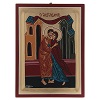
Devotion to Mary the Child
Devotion to Mary the Child has its roots in the history of the oldest popular devotions. Surely the first devotional forms derive from the Eastern liturgy.
The cult of the Nativity of Mary was already cultivated in Milan in the tenth century, and on 20 October 1572 Saint Charles Borromeo consecrated the cathedral to the nascent Mary.
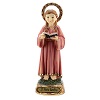
Around 1720, a Franciscan nun, Sister Chiara Isabella Fornari, who loved to model wax faces of Jesus as a child and Mary as a child, gave the Capuchin Sisters of Santa Maria degli Angeli in Milan a pretty wax statue depicting Mary as a newborn wrapped in bands. Thanks to this simulacrum, devotion to Mary the Child had a strong expansion and spread everywhere. Even today, the sisters of the Congregation of Sisters of Charity of Lovere in Milan are called Sisters of Mary the Child. The statuette was entrusted to these nuns in the mid-1900s. Since they were dedicated to the care and comfort of the sick at the Ciceri hospital in Milan, the statue of Mary Child became a point of reference and comfort for both the nuns and the sick, and in 1884 it was also attributed miraculous healing. Since then, on 9 September of each year, the miracle is celebrated.

